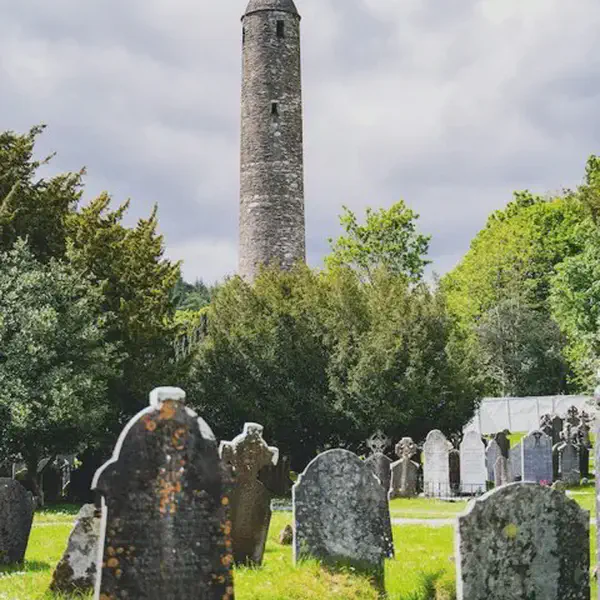
Order of the Thistle Founded by King James VII.
May 29, 1687
The Most Ancient and Most Noble Order of the Thistle is an order of chivalry associated with Scotland. While its original date of foundation is unknown, James VII (also King of England as James II) instituted the modern Order in 1687. The Order consists of the Sovereign and sixteen Knights and Ladies, as well as certain extra knights (members of the British Royal Family and foreign monarchs). The Sovereign alone grants membership of the Order; he or she is not advised by the Government, as occurs with most other Orders.
The Orders primary emblem is the thistle, the national flower of Scotland. The motto is Nemo me impune lacessit (Latin for No one provokes me with impunity); the same motto also appears on the Scottish Royal Arms and on some pound coins. The patron saint of the Order is St Andrew.
Most British orders of chivalry cover the entire kingdom, but the three most exalted ones each pertain to one constituent nation only. The Order of the Thistle, which pertains to Scotland, is the second-most senior in precedence. Its equivalent in England, The Most Noble Order of the Garter, is the oldest documented order of chivalry in the United Kingdom, dating to the middle fourteenth century. In 1783 an Irish equivalent, The Most Illustrious Order of St Patrick, was founded; since the independence of the greater part of Ireland the Order has fallen dormant (its last surviving knight died in 1974).
When James VII revived the Order, the statutes stated that the Order would consist of the Sovereign and twelve Knights-Brethren in allusion to the Blessed Saviour and his Twelve Apostles. In 1827, George IV augmented the Order to sixteen members. Women (other than Queens regnant) were originally excluded from the Order; Elizabeth II, however, allowed the admission of Ladies of the Thistle in 1987.
When James VII revived the Order in 1687, he directed that the Abbey Church at the Palace of Holyroodhouse be converted to a Chapel for the Order of the Thistle, perhaps copying the idea from the Order of the Garter (whose chapel is located in Windsor Castle). James VII, however, was deposed by 1688; the Chapel, meanwhile, had been destroyed during riots. The Order did not have a Chapel until 1911, when one was added onto St Giles High Kirk in Edinburgh.